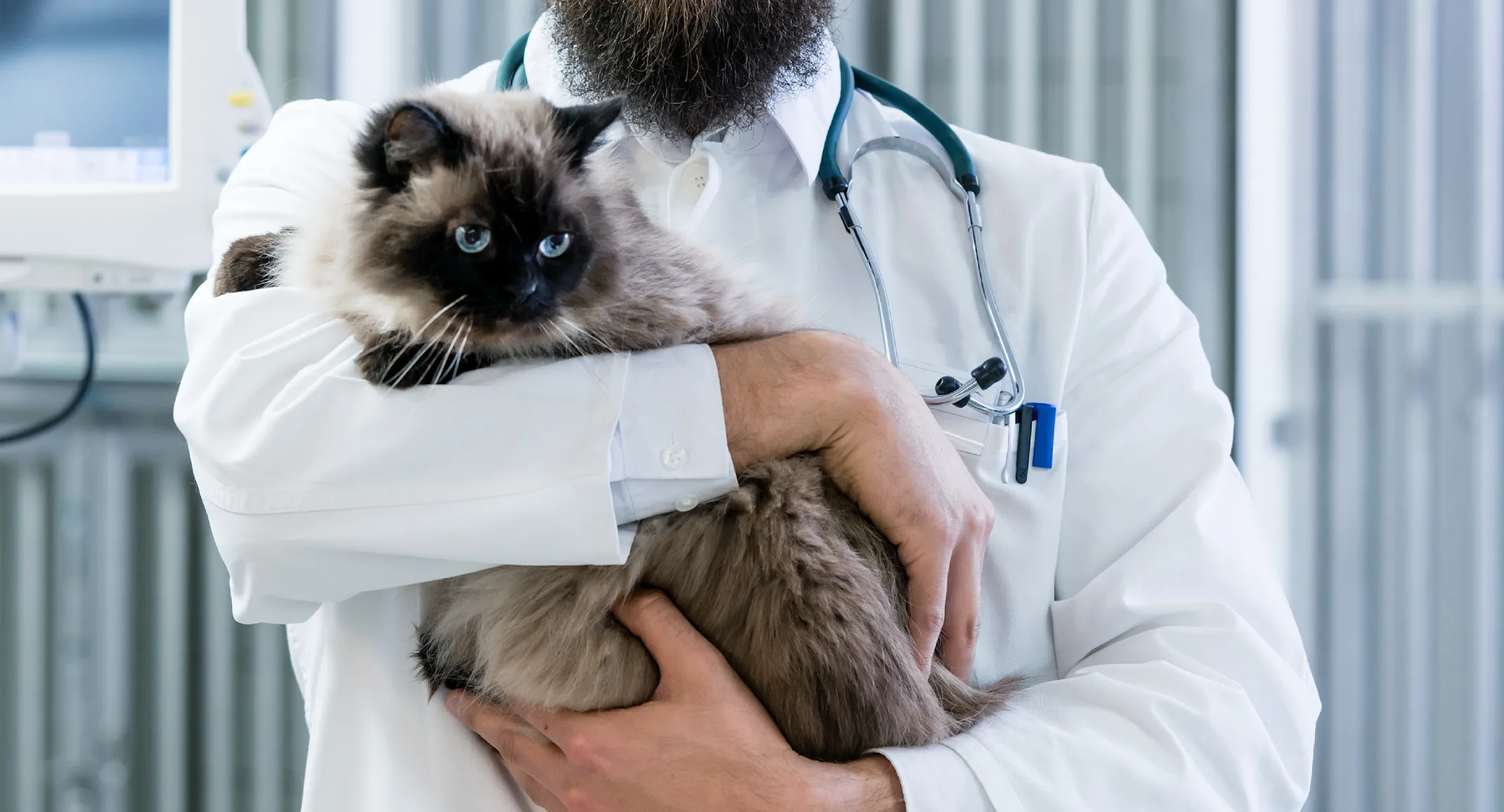Male Cat Urinary Obstruction
News

Most cats are creatures that tend to hide their illness and discomfort. It’s an instinctual survival method. In some cases, this can cause major issues.
Cats getting urinary tract infections are not uncommon. They can develop infections due to bacteria, or develop a condition called sterile cystitis. It gets a little more tricky when they develop crystals, which can be caused by or lead to bladder stones. It’s a scary situation in either gender, but it can be life threatening in males.
Sometimes male cats will develop urinary crystals. This can usually be managed with diet and if caught early, is easily treatable. The first signs of issues are straining to urinate, urinating outside the litterbox and/or blood in urine. This tells owners that something in the urinary tract is inflamed and irritated, and this should prompt a trip to the vet ASAP. At this stage, it isn’t life threatening but it can turn quickly.
When a male cat develops crystals, they are super tiny and not visible to the naked eye. But these tiny crystals cause a lot of irritation to the urethra and penile opening, and can cause blockage as well. When a cat is unable to urinate, this leads to abdominal pain and potentially kidney damage. Most owners do not notice any change in their cat until they become lethargic and stop eating, but by this point it has likely been going on for 24 hours or more. Being unable to urinate causes the bladder to fill to the point of potential rupture. This is why it becomes an emergency situation.
Once your cat has arrived at the vet, the staff likely has an assumption of what’s going on based on the history you give them. The first thing the doctor will do is palpate the cat’s abdomen. If the bladder feels extremely large and the cat is painful in his abdomen, we begin to assume we are dealing with “a blocked tom.” Our next steps involve getting a urine sample, running a urinalysis and taking an x-ray. We will also want to run bloodwork to check on kidney status as well as electrolytes.
If confirmed to be blocked, we will need to sedate your cat to pass a urinary catheter into the bladder in order to clear the blockage. We will leave this urinary catheter in for 2-3 days. After we pull the catheter, we keep the cat in hospital for another day or so to ensure he can urinate on his own. It’s not uncommon for them to block again, whether it be right away or a few months later.
After the hospital stay, it will be super important for the cat to remain on a special urinary diet life-long. We usually prescribe Royal Canin SO, which has a special formula designed to prevent the formation of certain crystals. Unfortunately there are no over the counter equivalents for this diet.
A blocked male cat is scary and very serious. If you ever note your male cat straining to urinate, please seek veterinary care asap. We would rather work on clearing an infection early versus keeping your cat in hospital for multiple days with a urinary catheter in place! It’s better to be safe than sorry!
Kylee Ganyo, LVT
